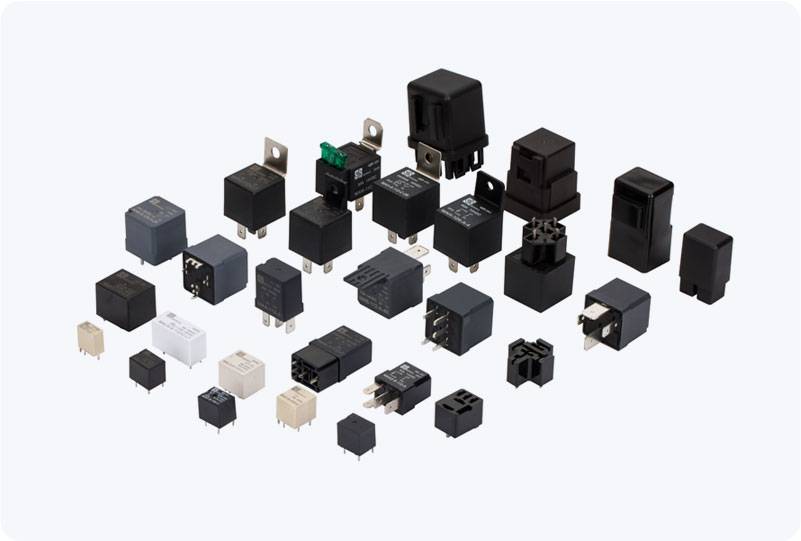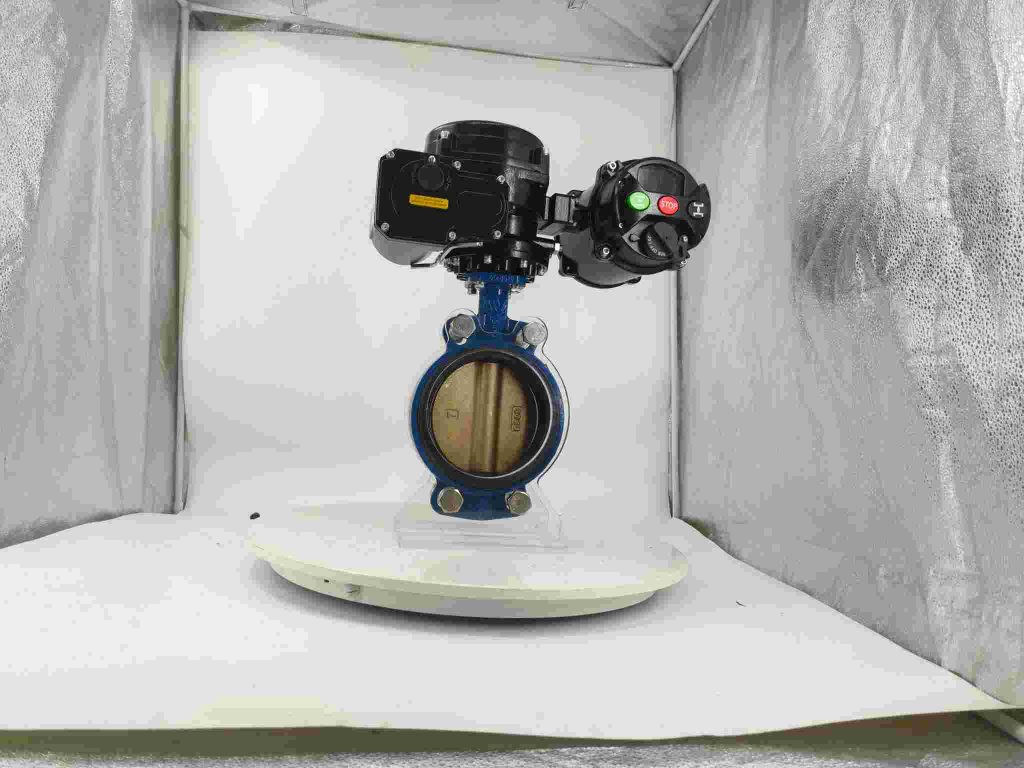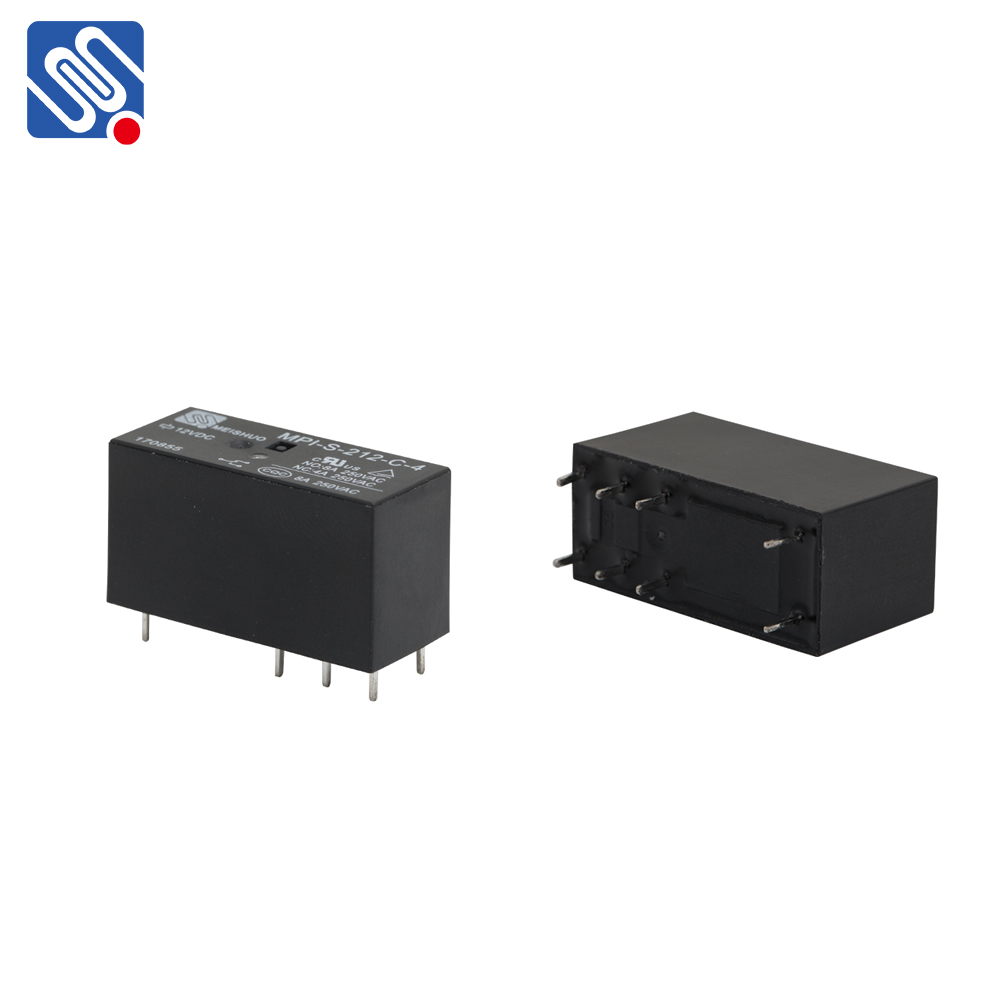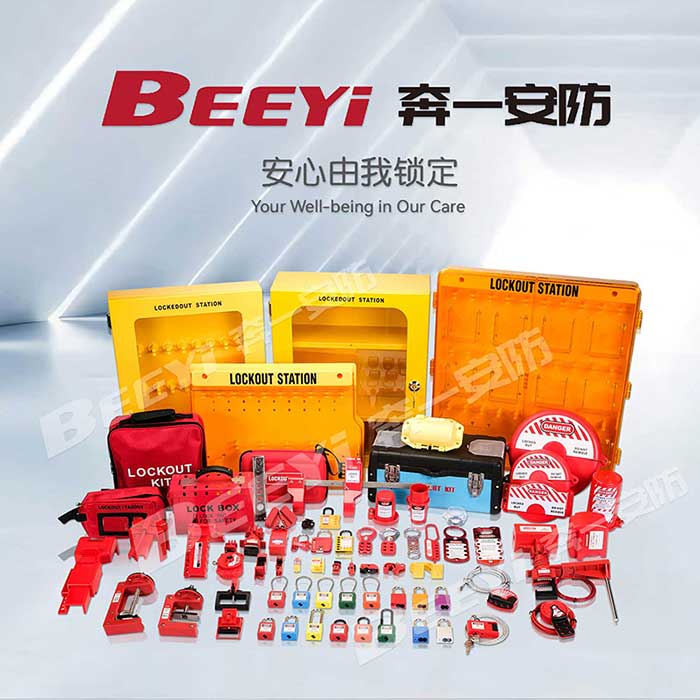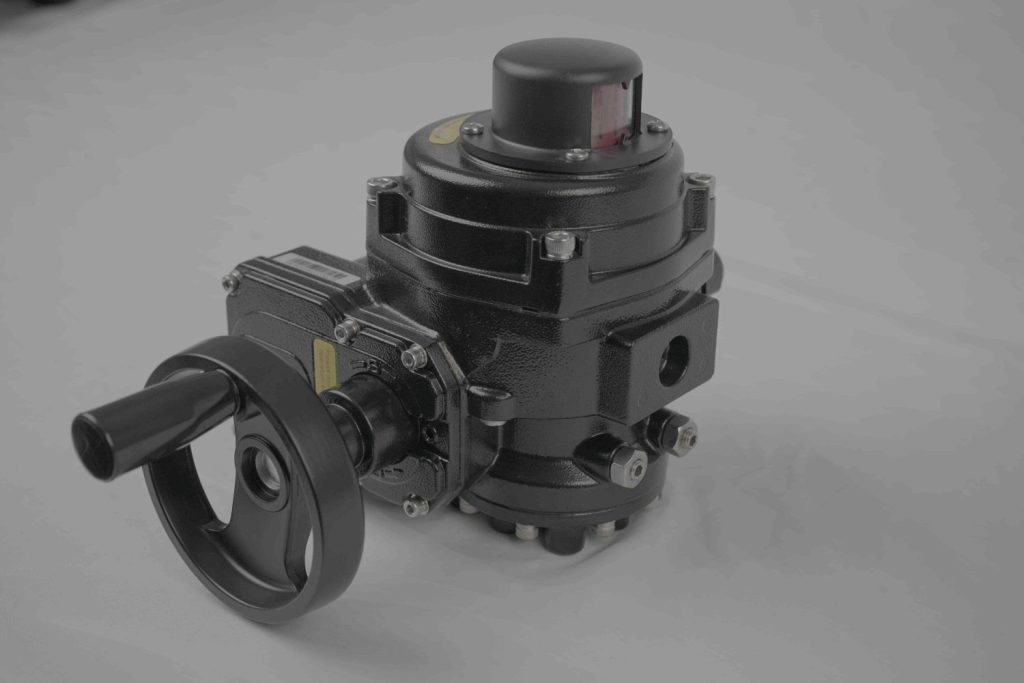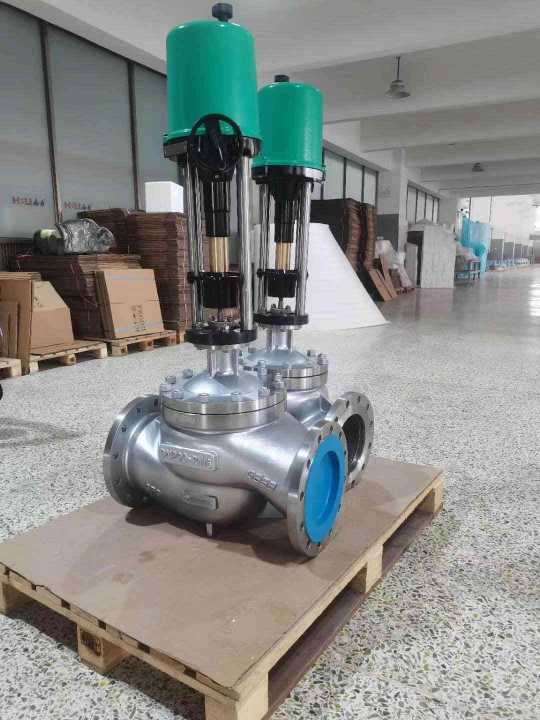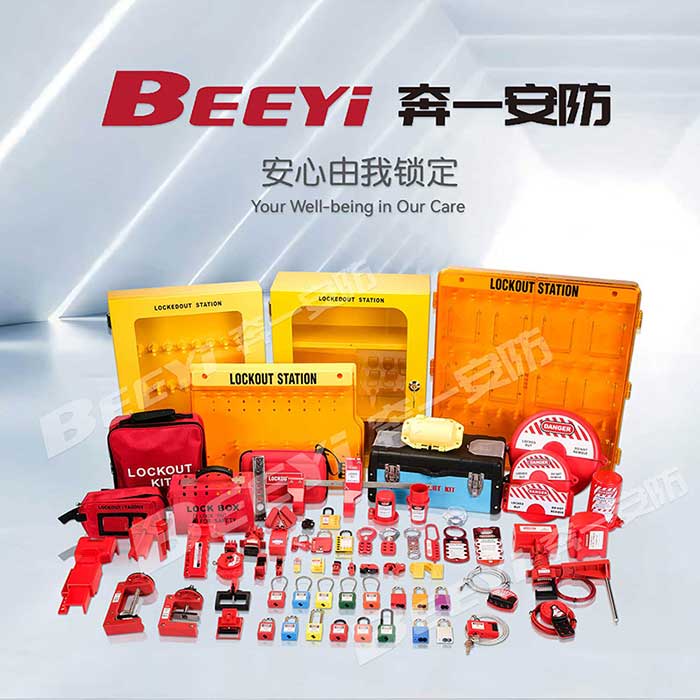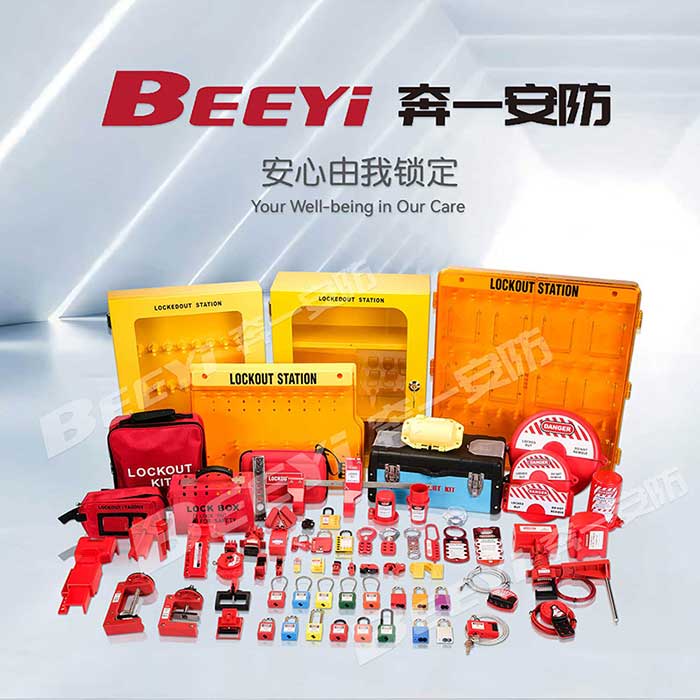As the world increasingly moves towards sustainable energy solutions, hydrogen energy is emerging as one of the most promising alternatives to traditional fossil fuels. Hydrogen fuel cells are being developed to power vehicles, industries, and even entire cities, offering a cleaner, more sustainable energy source. However, the efficiency and safety of hydrogen systems depend on the reliable management of gas flow and pressure. This is where the Hydrogen Energy Electric Pinch Valve comes into play, a crucial component that enables precise control of hydrogen flow in various applications.

What is a Hydrogen Energy Electric Pinch Valve? A pinch valve is a type of valve that controls the flow of fluids or gases by pinching a flexible tube or hose. In the case of a Hydrogen Energy Electric Pinch Valve, it is specifically designed to regulate the flow of hydrogen gas in energy systems. Unlike traditional ball valves or gate valves, which use mechanical parts to open and close, pinch valves rely on an elastomeric sleeve that is squeezed by an actuator, effectively stopping or allowing flow. The electric actuator used in the pinch valve provides precise control, making it ideal for delicate systems like hydrogen energy applications, where accuracy is crucial for both efficiency and safety.
